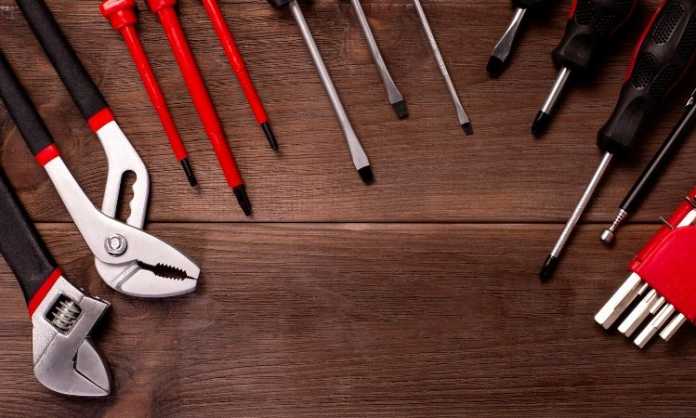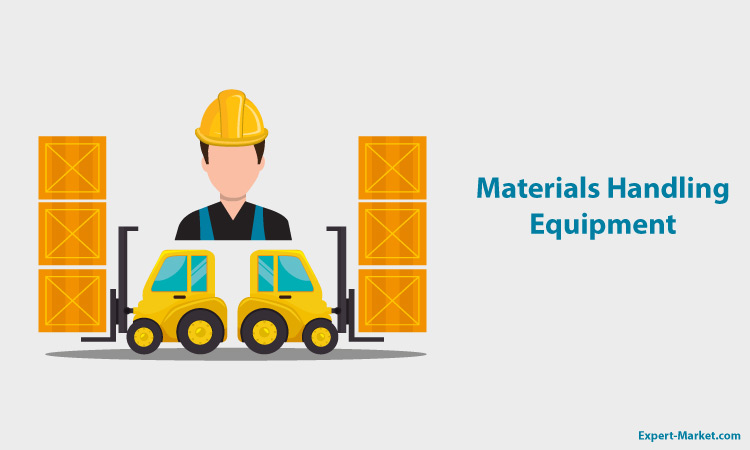Does your business involve the handling of heavy materials? If you’re in the construction, pharmaceutical, or food business, this might be one of your primary concerns. Repetitive handling of heavy items can cause accidents and musculoskeletal injuries (MSD). You may already be having problems with absenteeism, resignations, or rising insurance costs.
One of the best solutions is by providing materials handling equipment for your people. The Work Health and Safety (WHS) have released guidelines in protecting workers from the dangers of heavy lifting.
Therefore, it’s advisable to explore what equipment is suitable for your business. This particular article will discuss vacuum lifts.
What are the different kinds of materials handling equipment?
Materials handling equipment are machines used to move, store, control, and protect stocks and products.
They fall under four different types:
- Transport equipment is ideal in transporting materials across locations. Some examples are conveyors, electric tow tugs, and cranes.
- Positioning equipment is handy for manipulating materials in one location. They are typically used to assist staff in loading, unloading, or positioning materials. A few examples are hoists and lift tables.
- Unit load formation equipment protects materials during transport or storage. Some examples are pallets, skids, and tote pans.
- Storage equipment is useful in holding materials over long periods. An example is a storage rack with multiple stacks. Warehouses have rows of storage equipment.
Vacuum lifts fall under positioning equipment.
Where are vacuum lifts used?
Vacuum lifts are a type of materials handling equipment – its primary purpose is to assist workers who repetitively handle bulky massive items.
Human errors, due to fatigue or inattention, are common in the workplace. Materials can be damaged, and workers injured, especially when the materials are massive.
With vacuum lifts, however, workers lift only a small percentage of the load’s weight.
Here are some practical examples.
- Bags. Some industries require workers to lift 25 to 50kg plastic or paper bags to feed a hopper. In the food manufacturing businesses, for example, there is the frequent lifting of bags that can cause accidents due to awkward grips, or high lifting. Since most bag materials are airtight, vacuum lifts are the best solution to lift and move bags.
- Bins, drums and buckets. Restaurants need materials handling equipment to transport bins of meat, vegetables, and other bulky goods that are 50kg or more. With vacuum lifting, workers can transfer huge ingredients more efficiently. Paint manufacturers and those in the construction industry find vacuum lifts very useful in transporting paint drums in warehouses.
- Food. Producers of cheese, sausages, and fresh meat will find materials handling equipment very useful in moving their items from the conveyor to a pallet (and vice versa). These food products can weigh up to 120kg. With the suction feature of vacuum lifts, a single operator can quickly move food products without direct contact. Dairy products, in particular, should be transported according to the Food Standards Code.
- BoxesA business that specializes in house and office removals will benefit from vacuum lifts. The repetitive task can cause accidents, injuries, and fatigue. With vacuum lifts, however, heavy boxes can easily be transported by movers.
Conclusion
With the examples given above, materials handling equipment are an asset to your business. Aside from promoting safety in the workplace, productivity will increase. However, ensure compliance with safety standards.





























